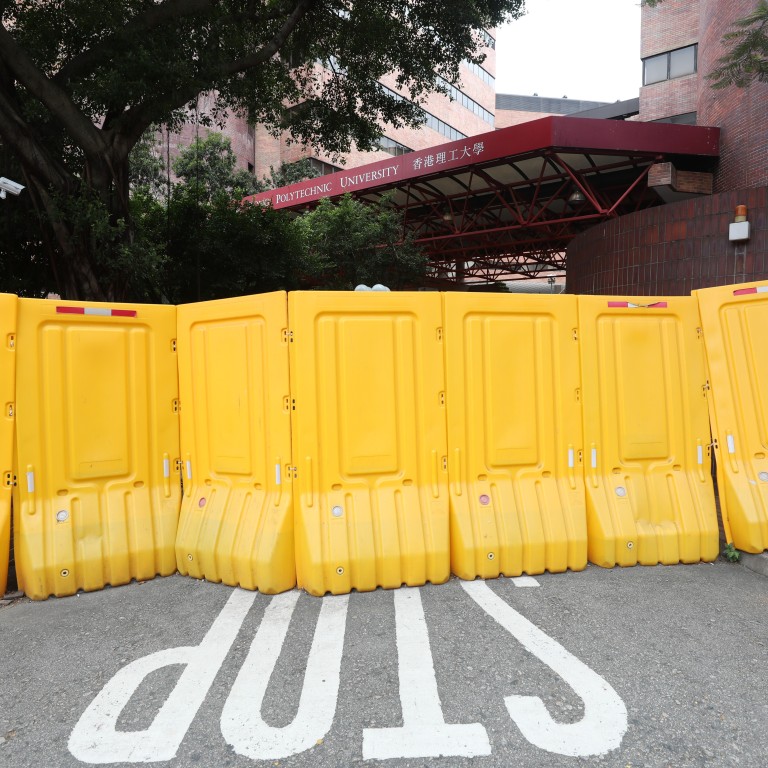
Tightened security, unease over new national security law, as Hong Kong campuses mark first anniversary of protest violence
- PolyU calls off screening of TV documentary on campus siege; Chinese University advises students not to break law
- Violent clashes between radical protesters, police during siege of PolyU a vivid memory for witnesses
Veteran social sciences academic Rodney Chu Wai-chi’s memories of the scenes at Hong Kong’s Polytechnic University in November last year remain vivid to this day.
The vice-chairman of the university’s staff association and elected council member said in an interview with the Post: “How can I forget what I experienced back then?”
After more than 1,000 hardcore protesters and their supporters – including teenagers – moved into the university grounds, hundreds of police officers locked down the campus in a siege that lasted 13 days, from November 17 to 29, and at times resembled a war zone.
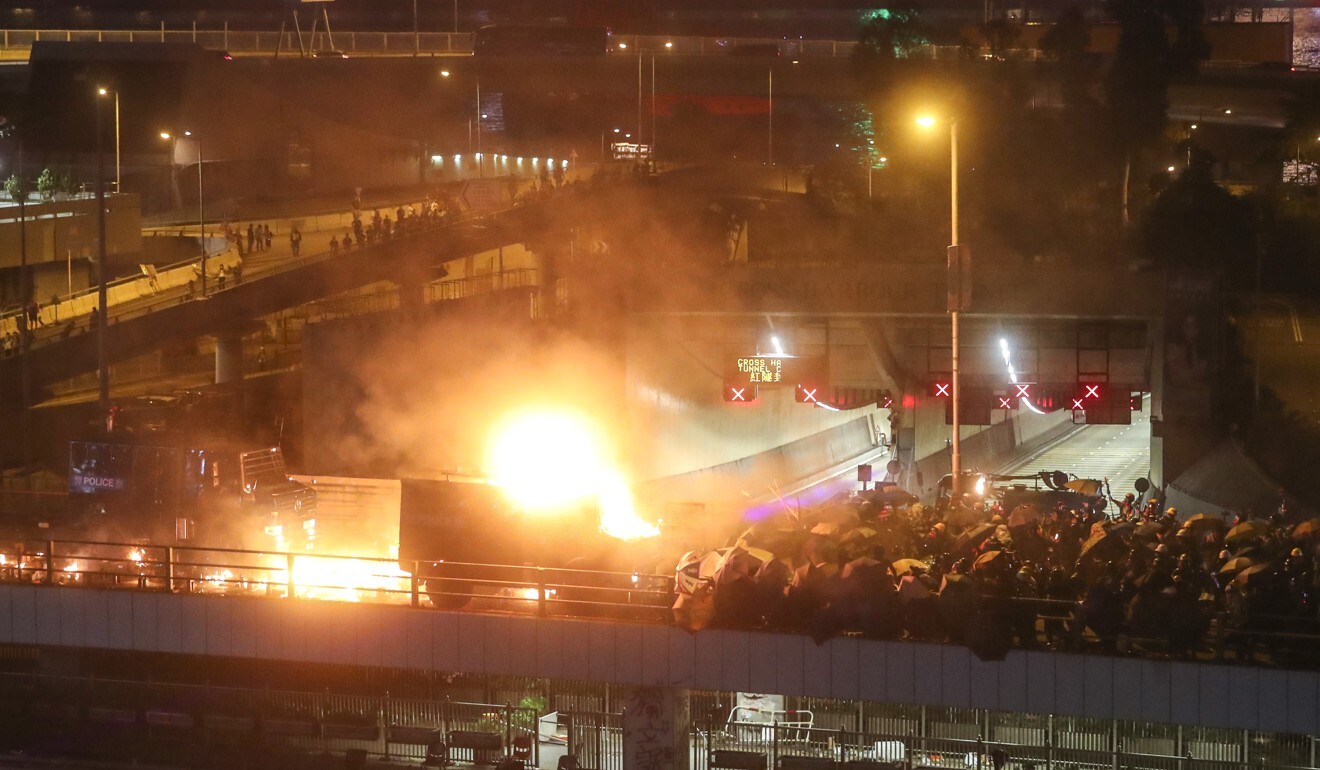
The protesters forced the closure of the nearby Cross-Harbour Tunnel, set fire to footbridges and the campus entrance, set a police armoured vehicle ablaze and even shot an officer in the calf with a bow and arrow. Police responded with tear gas and water cannon.
PolyU was the worst hit of the Hong Kong universities affected by the protests a year ago. At least four others were briefly occupied, with Chinese University also suffering large-scale damage from violent clashes during a five-day occupation.
The PolyU siege saw hundreds of protesters and their supporters trapped after police surrounded the campus on November 17.
From war zone to ‘prison’: voices from Polytechnic University siege

Chu helped the effort for at least eight days, sometimes for 15 hours at a stretch. He recalled that as the days passed, it became harder to find the last of the protesters, as some stayed in hiding and refused to leave, afraid of being arrested.
“It was a race against time. Every day we hoped that more people could safely return home without any accidents, conflicts or even loss of life,” Chu said. “Each day, when I went back to the campus, more of them were gone.”
Owan Li, a former student representative on PolyU’s governing council, had also volunteered to help protesters who were trapped inside the campus.
Li contested and won a seat on Yau Tsim Mong District Council in elections last November before graduating earlier this year.
He recalled a memorable scene during the siege when dozens of protesters escaped by abseiling down several metres of rope from a campus footbridge before fleeing on waiting motorcycles.
“It really illustrated how they were driven up against the wall and left with no choices,” he said. “That was horrific to watch.”

03:10
Ropes and motorbikes used to escape Hong Kong Polytechnic University campus siege
About 1,100 were eventually arrested in and around the campus during that period, although only 46 were PolyU students. The university was left with the massive job of repairing extensive damage done over the course of the fortnight.
A year later, Chu and Li said Hong Kong’s universities were no longer the same as before the protests.
An immediate change was that all of the city’s campuses tightened security, introducing controls on access.
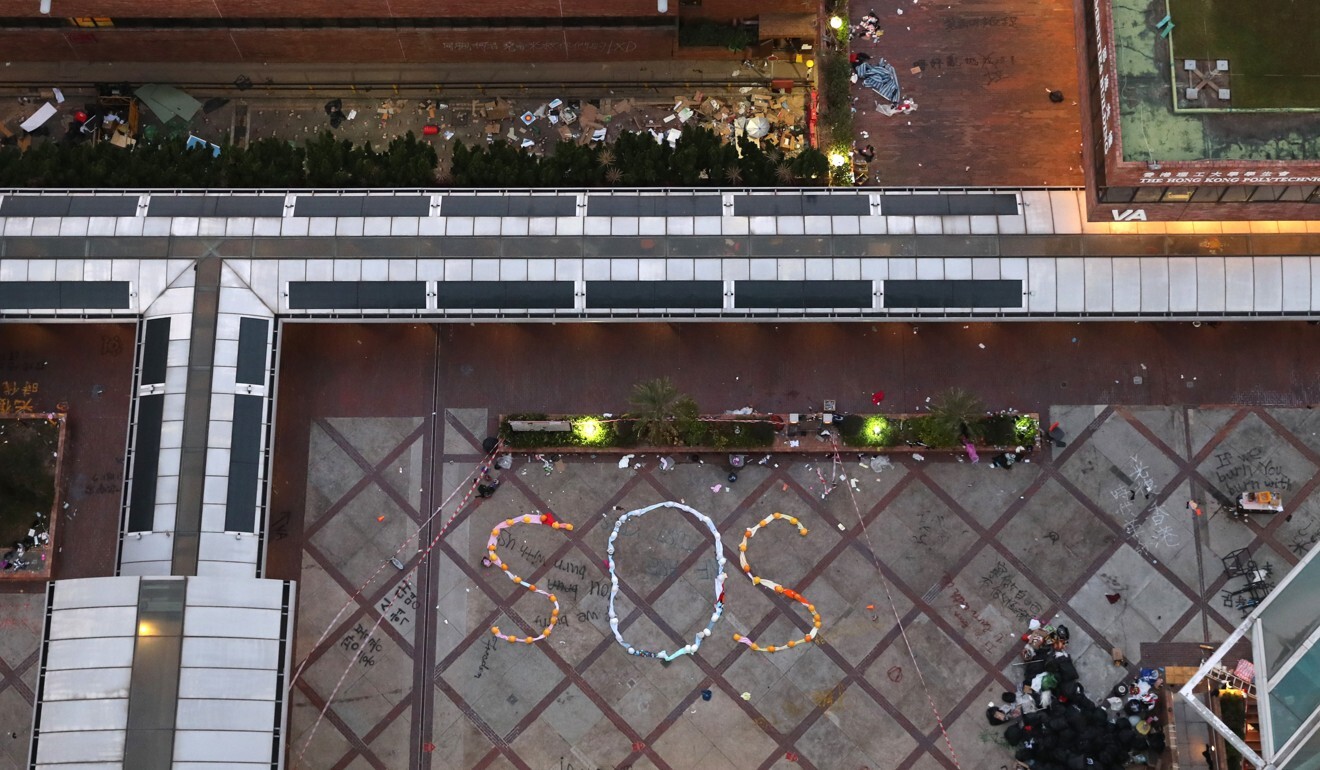
PolyU installed turnstiles at all entrances earlier this year, and increased access control this month ahead of the anniversary of the siege, with most visitors and even journalists denied entry.
The university’s student union was told to call off a screening of a television documentary about the siege, prompting students to accuse the administration of trying to erase the memory of what happened.
Chinese University also increased security at its Sha Tin campus this month, on top of its earlier requirement that all visitors had to register and provide personal details before entering.
Protesters threw objects from a campus bridge onto a train track and highway, and police fired rounds of tear gas and rubber bullets to disperse them. The protesters responded by hurling petrol bombs and shooting arrows at officers.
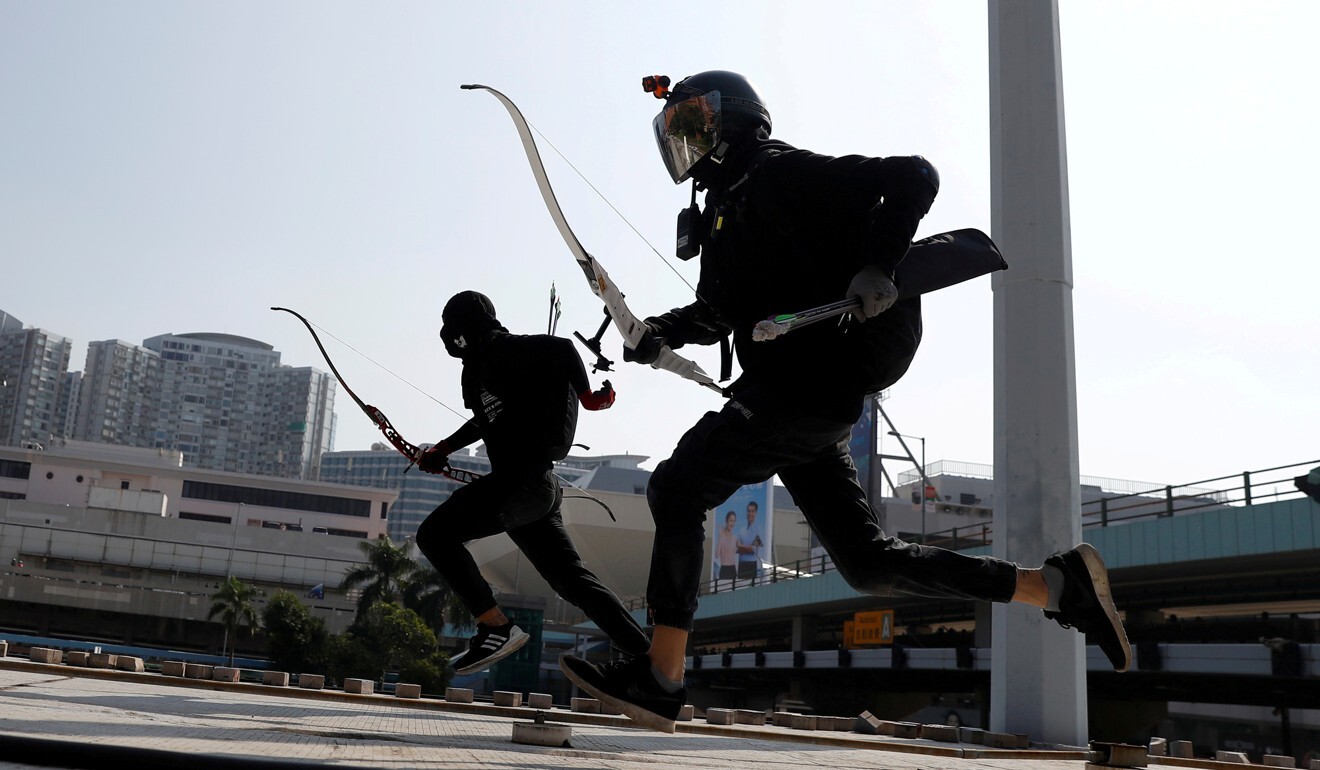
To avoid trouble, the organisers covered news photographs which showed protest flags with the slogan “Free Hong Kong; revolution now”, as city officials have said the slogan was in violation of the law.
Only a few signs of last year’s events were still visible on the campus last week. There were faint traces of graffiti, most of which had been removed. Tall fences with barbed wire had been installed at the bridge near the train track and highway, with campus security guarding the area.

“The university should be a totem representing the idea of academic freedom, freedom of speech, as well as the core values that Hongkongers are trying to protect,” said Chan King-ming, a retired associate professor at Chinese University’s school of life sciences.
One memorable incident last November, he said, was when vice-chancellor Rocky Tuan Sung-chi engaged students and protesters on campus on the second night of the occupation.
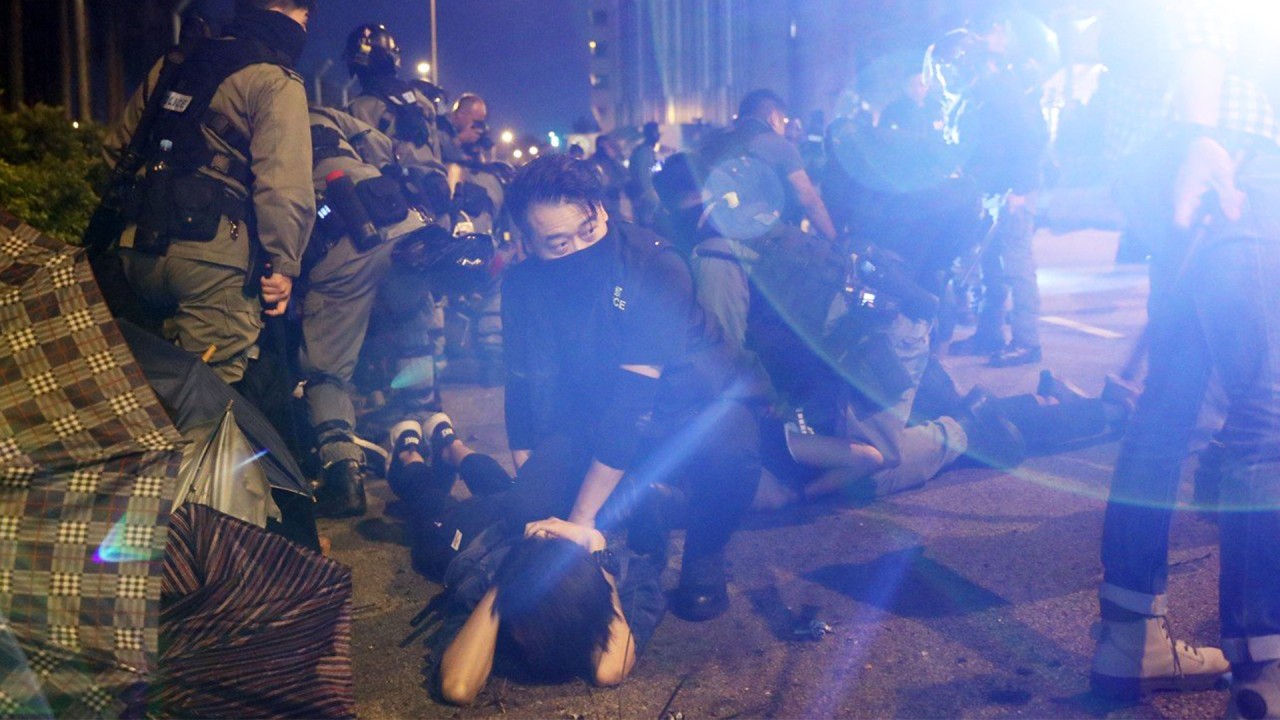
03:02
Hong Kong police chase down protesters trying to escape from Polytechnic University
Chan said the campus clashes proved to be a turning point in last year’s unrest, and left protesters feeling dejected.
“After the incidents at Chinese University and PolyU, many felt they had experienced a major setback and could not see a way out,” he said. “The scale of the protests started to dwindle afterwards.”
Chinese University said it had to fork out HK$70 million to repair the damage done during the five-day occupation. PolyU, which suffered more extensive damage, has not yet disclosed the cost of repairs.

In responses to the Post, PolyU said it would continue to put in place additional safety arrangements where necessary, while Chinese University said it would conduct risk assessments from time to time and review its measures when needed.

04:41
Inside the occupied Hong Kong Polytechnic University campus
Gordon Mathews, an anthropology professor at Chinese University who was on campus during last year’s incidents, said: “It will remain in my memory for the rest of my life as a remarkably dramatic moment.”
He said he was sorry that the campus was the scene of such violent incidents last year, and he wished none of it had happened.
But he added: “We need to move on. We are in a new world now where protests apparently aren’t going to be happening, and where we have a new law that we need to adjust to, but we need to preserve our freedom of speech. That’s the new challenge.”

